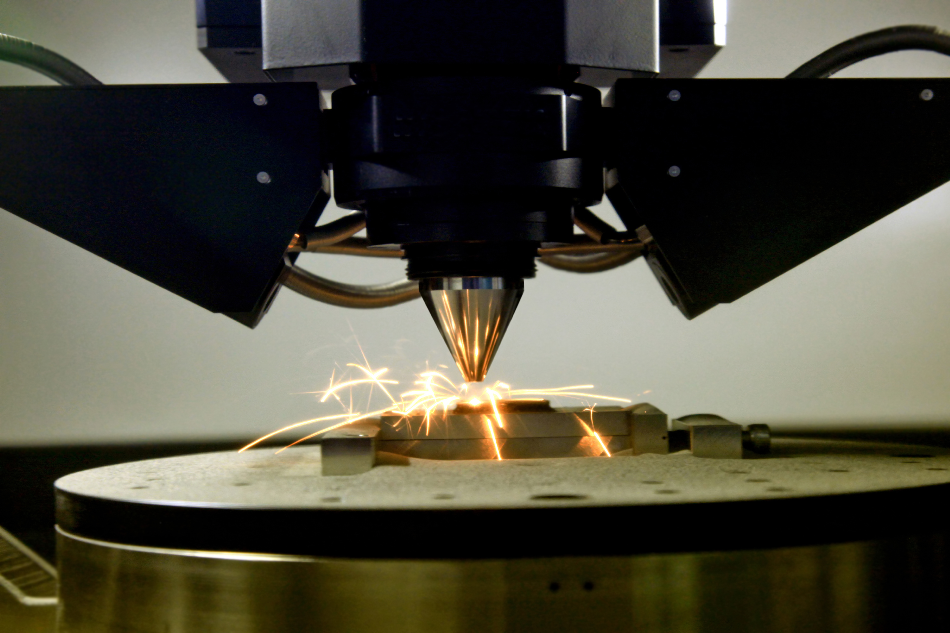
sspopov / Shutterstock
Recent data highlighted that the global 3D printing metal industry is experiencing rapid growth. A recent report uncovered that the market was worth $334.4 million in 2017, and is expected to grow swiftly at a CAGR of 31.8% from 2017 to 2025.
Factors such as cost-effectiveness, production methods with less waste and design flexibility have been identified as key drivers of the market. However, the development of metal 3D printing is simulation software is another key growth driver that is less often discussed.
Previously, simulation software was limited to more complex design projects, but as the technology has developed and become more accessible it has become invaluable to almost all design processes.
An increasing number of mainstream simulation products are entering the market, and with this expanse in the product, the variety has come to a marked growth in the capabilities of this kind of simulation software. In the past simulation was limited to modeling individual attributes, however, now it can easily and quickly examine interactions across numerous physical and digital domains.
The capabilities of modern simulation software are driving the adoption of the metal 3D printing market through helping it to overcome four major hurdles that are currently acting to prevent metal 3D printing from being a feasible or attractive option to a wider range of companies.
Simulation Helping to Standardize Metal Parts
The 3D printing industry is still relatively new, with its processes yet to be fully standardized. Standards for metals such as titanium, nickel alloys, stainless steel, and cobalt-chromium are currently being developed, which means that the adoption of 3D metal printing is being delayed while companies lack complete confidence in a method which is still surrounded by unknowns.
Fortunately, simulation software is helping to overcome this barrier to adoption. Through simulation, prototypes can be thoroughly modeled, so the behavior of the metals can be predicted before costly and time-consuming testing is initiated.
High Volume Production Through Process Optimization
Industries such as aerospace and medical have been early adopters of metal 3D printing, partially because it suits the manufacture of high-value products that are required at a low-volume. However, other large industries such as the automotive industry have been put off adopting the same technology because they have the opposite needs, they require high production volume which has classically not been the forte of 3D metal printing.
Simulation software is changing this. It is allowing for the visualization of optimization methods, helping to increase potential production volumes through the stacking together of various parts into one building envelope that is printed at one time.
Therefore, optimization through simulation is removing the barrier to the widespread adoption of 3D metal printing of limited production volumes.
Cost and Speed
The high expensive and relatively slow production method of 3D metal printing remains a barrier to adoption. Simulation software is helping to make an impact on this through optimization, as discussed above. The method of printing numerous items together can both reduce cost and production time. To overcome this hurdle further, the cost of simulation software must remain affordable, and work fast.
Simulation Eliminates the Need for Costly Trial and Error
Also, simulation is benefiting companies by eliminating the need for costly trial and error processes that are currently necessary when prototyping a product. It can be difficult to get the desired result the first time around with 3D printing of metals, for this reason, time and money can be required to be invested in the prototyping stage before the final product can be achieved. Simulation software is changing this, it can model the potential outcomes before time and materials are used to physically create the product.
Overall, simulation software is one factor that is driving the growth of the metal 3D printing market by helping it to overcome key barriers to adoption.
Source
Disclaimer: The views expressed here are those of the author expressed in their private capacity and do not necessarily represent the views of AZoM.com Limited T/A AZoNetwork the owner and operator of this website. This disclaimer forms part of the Terms and conditions of use of this website.